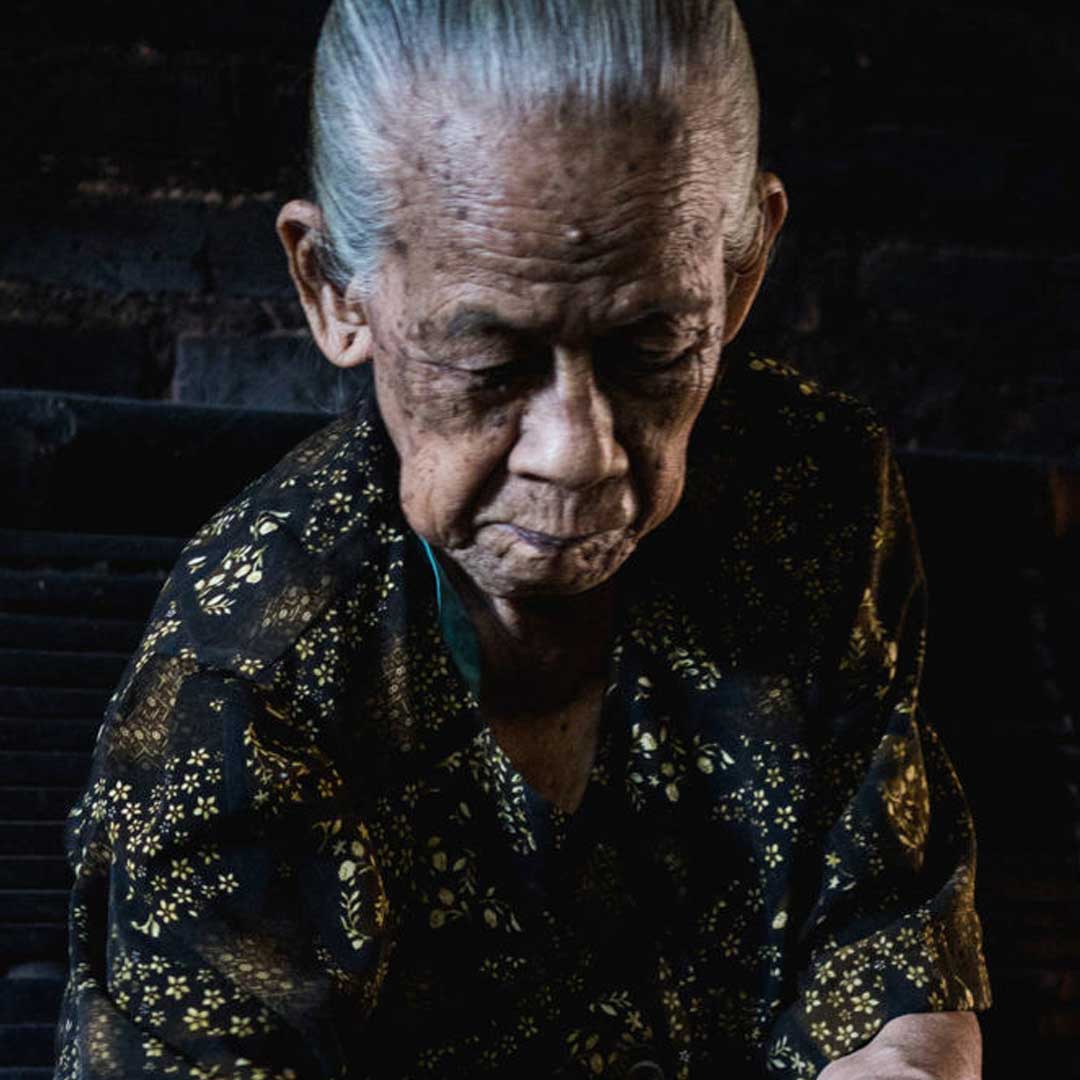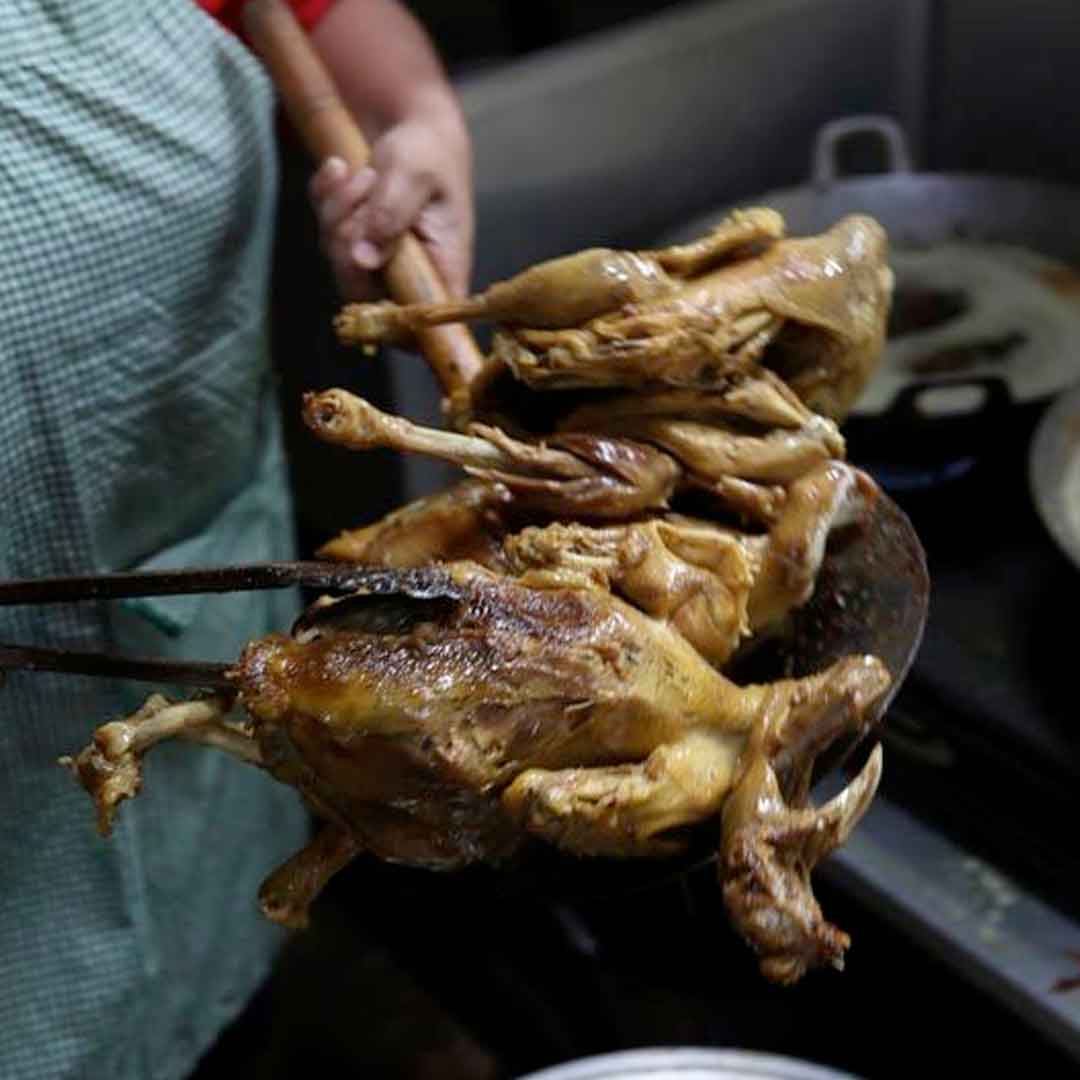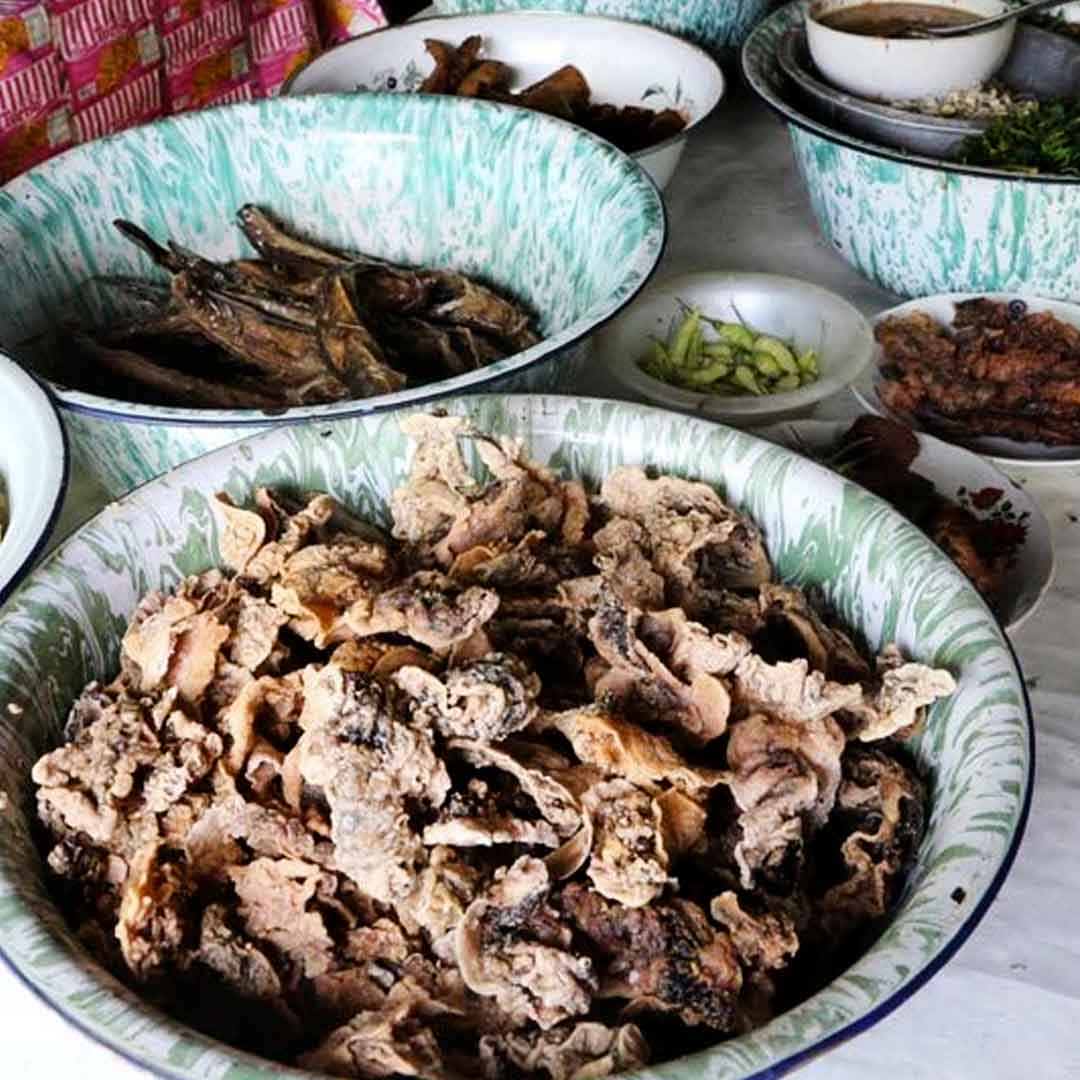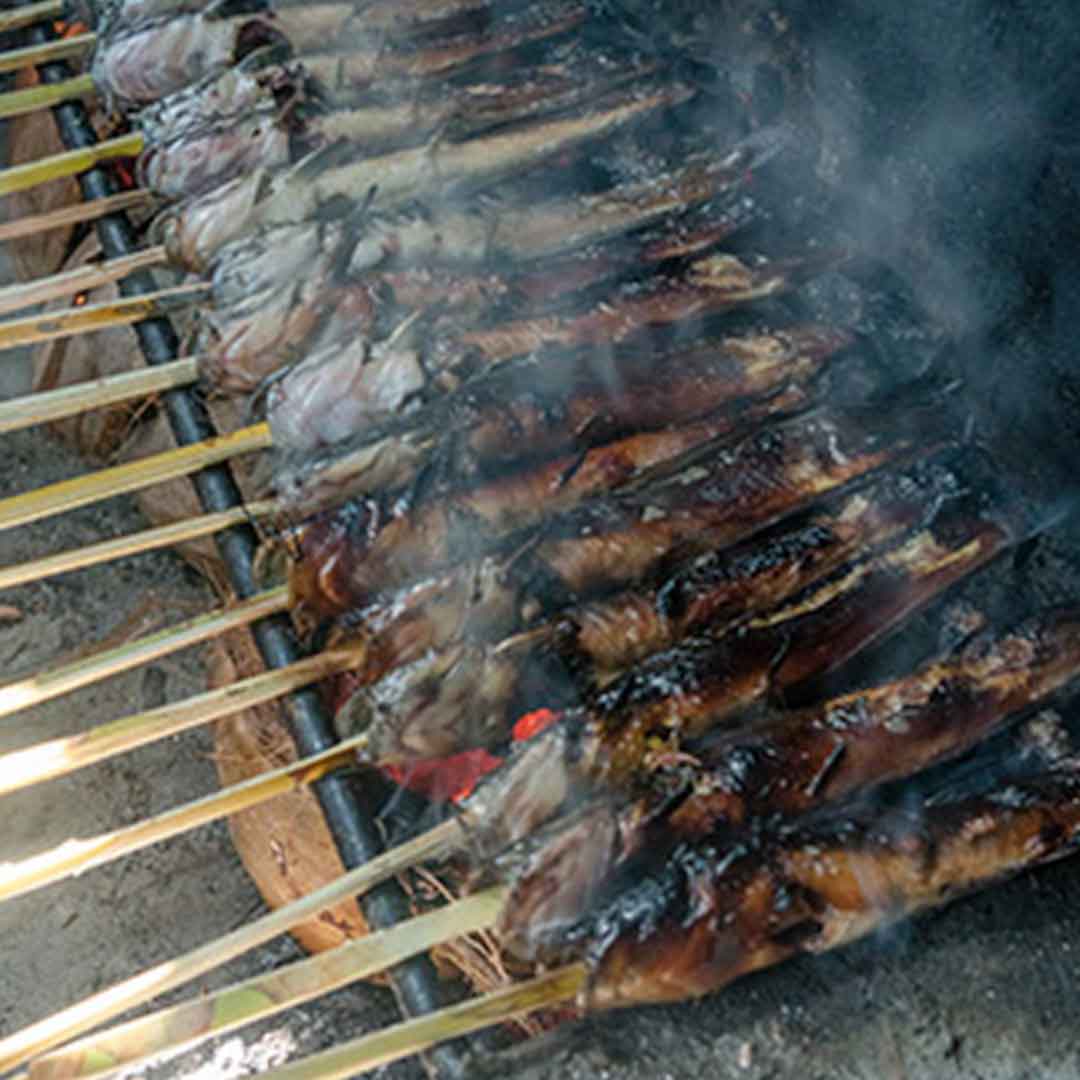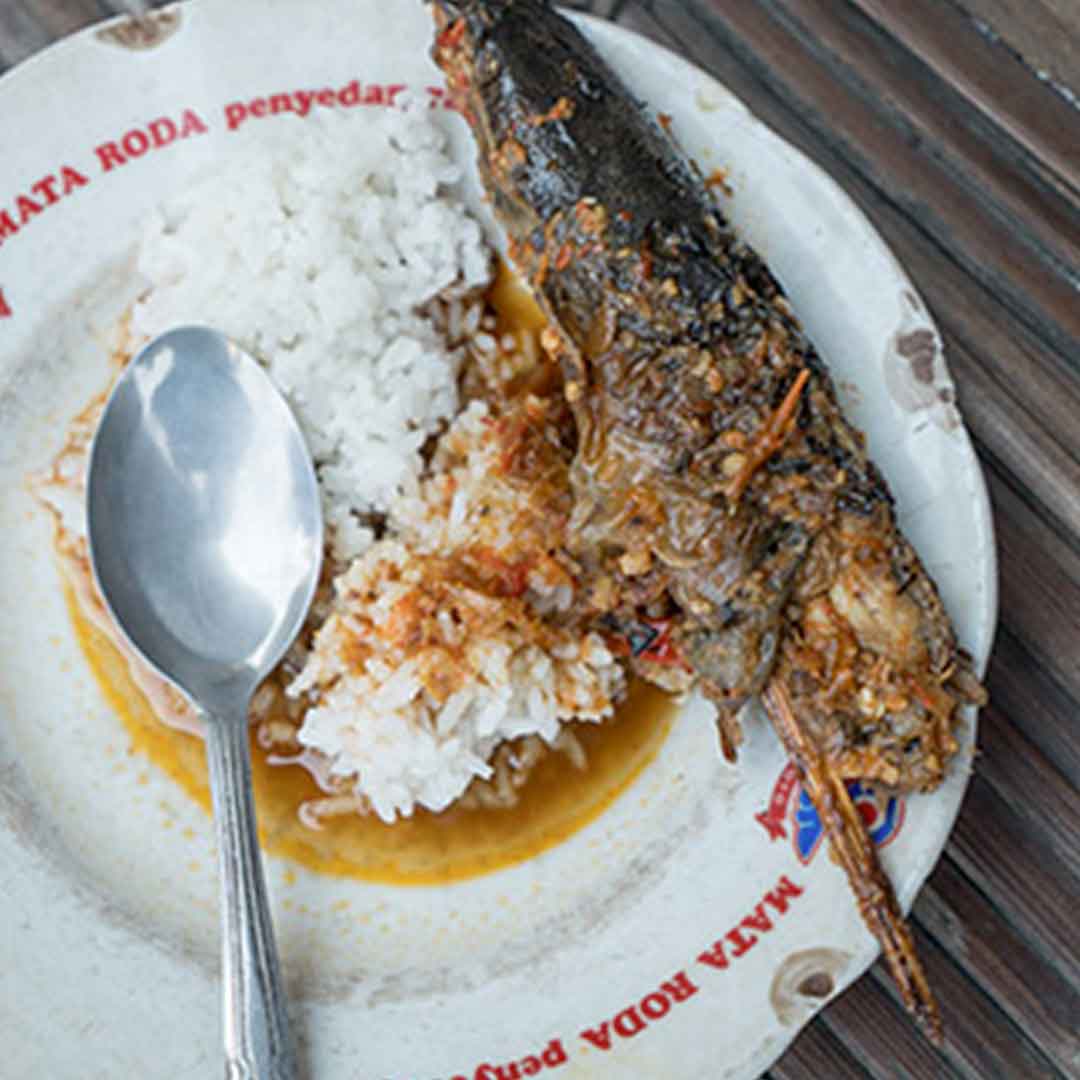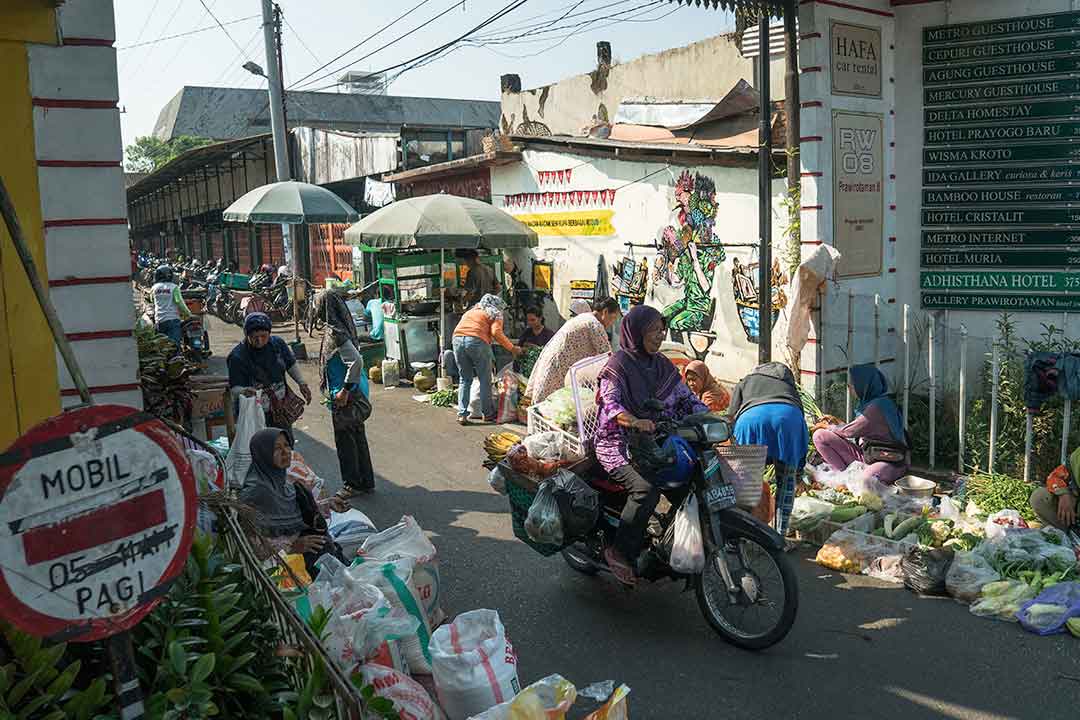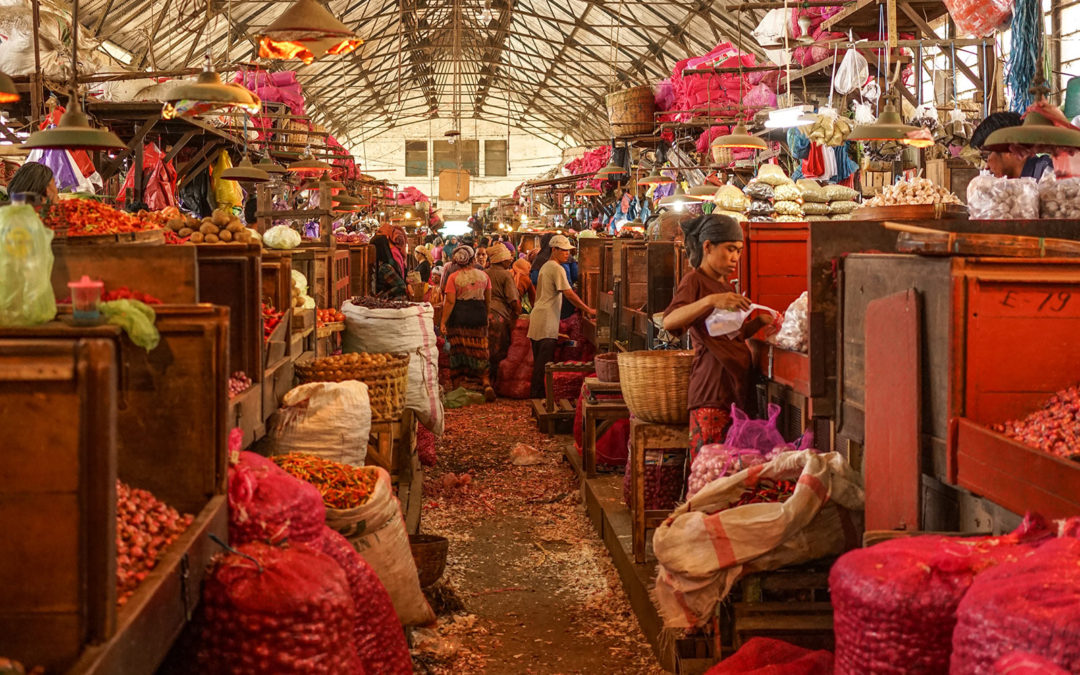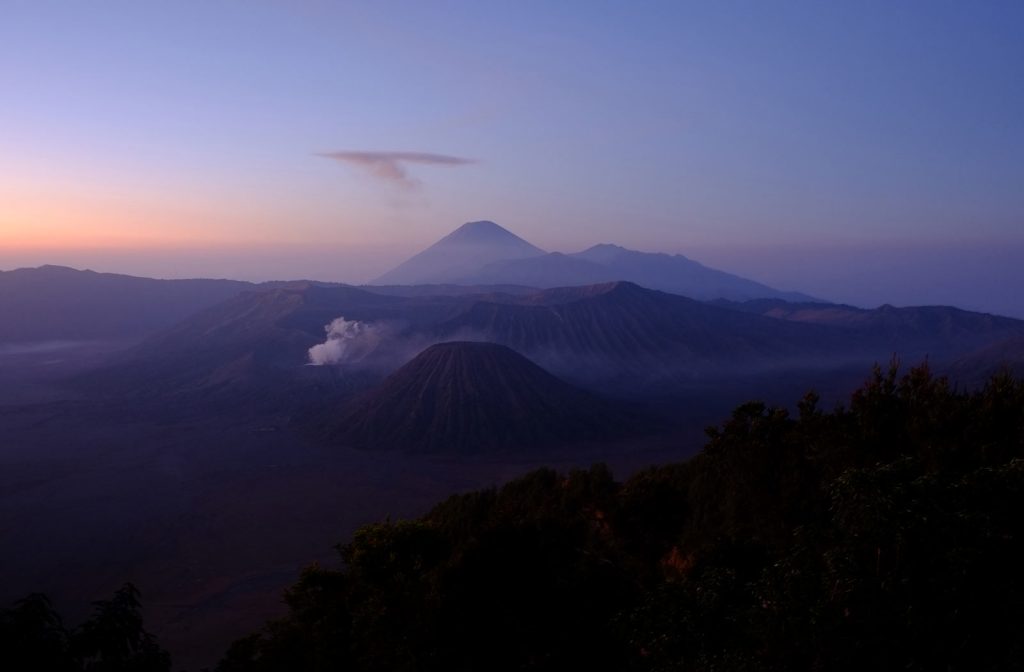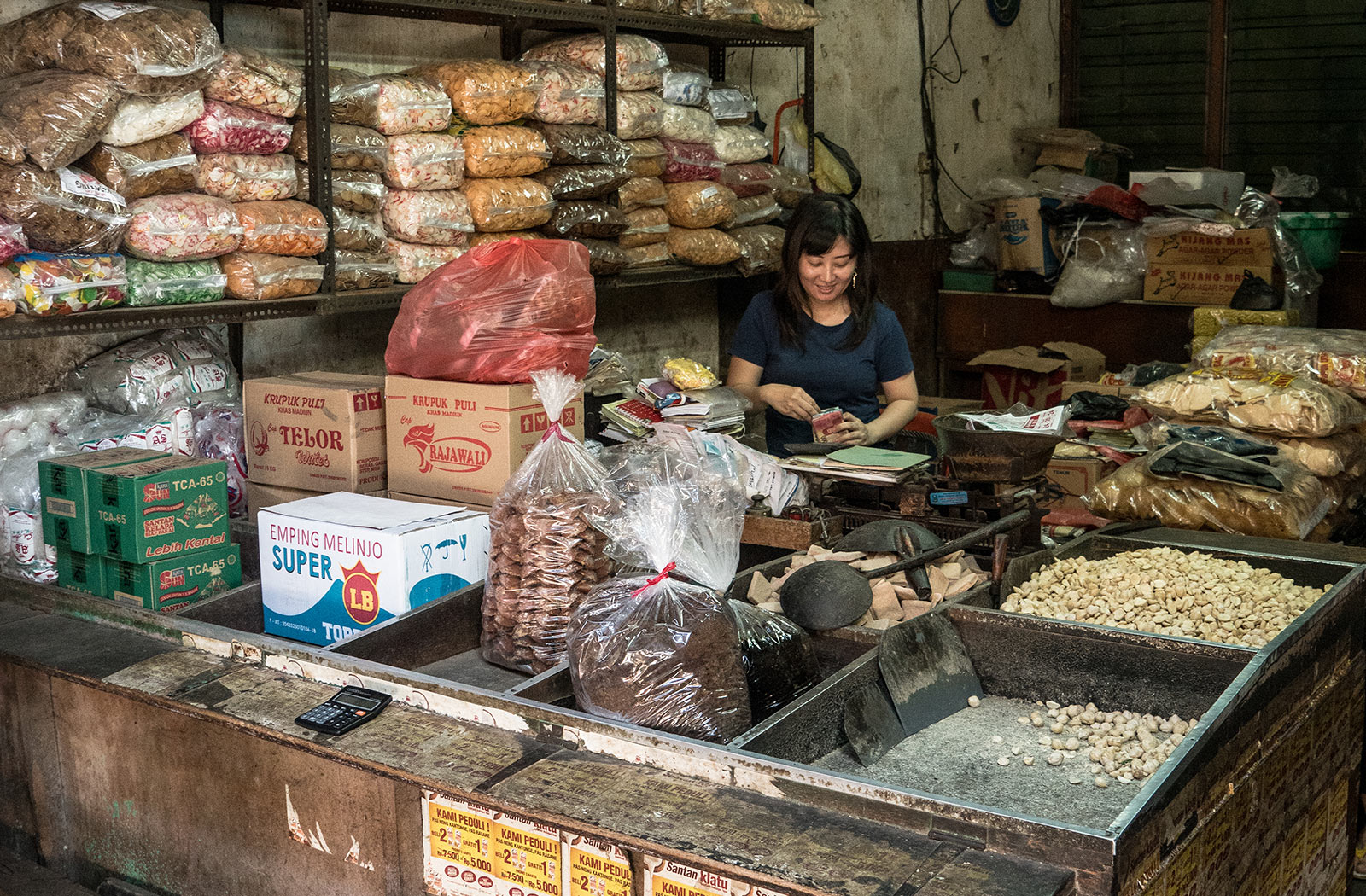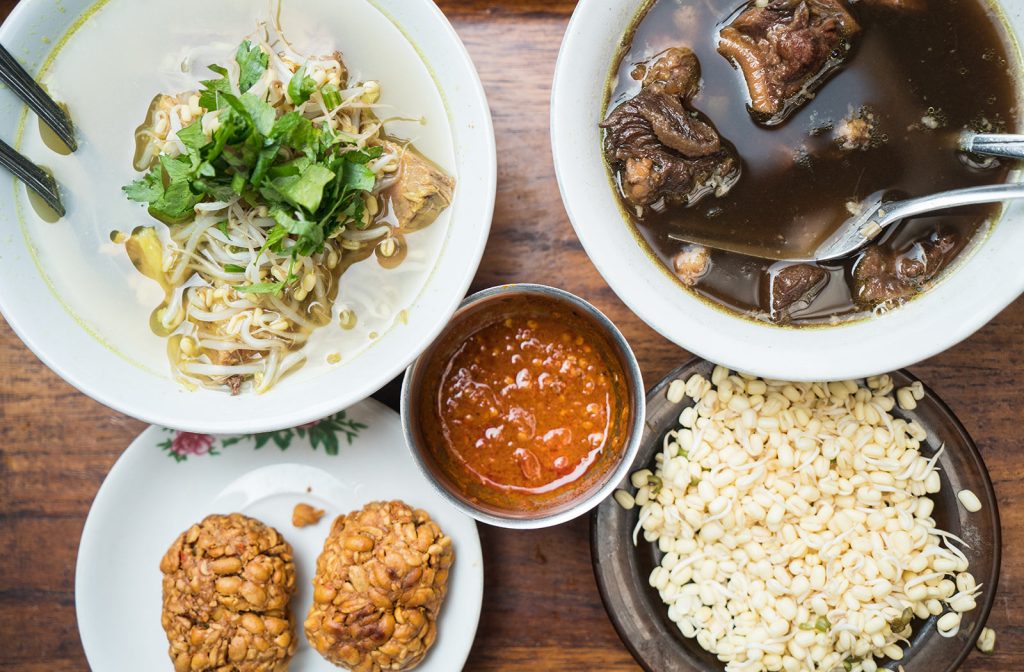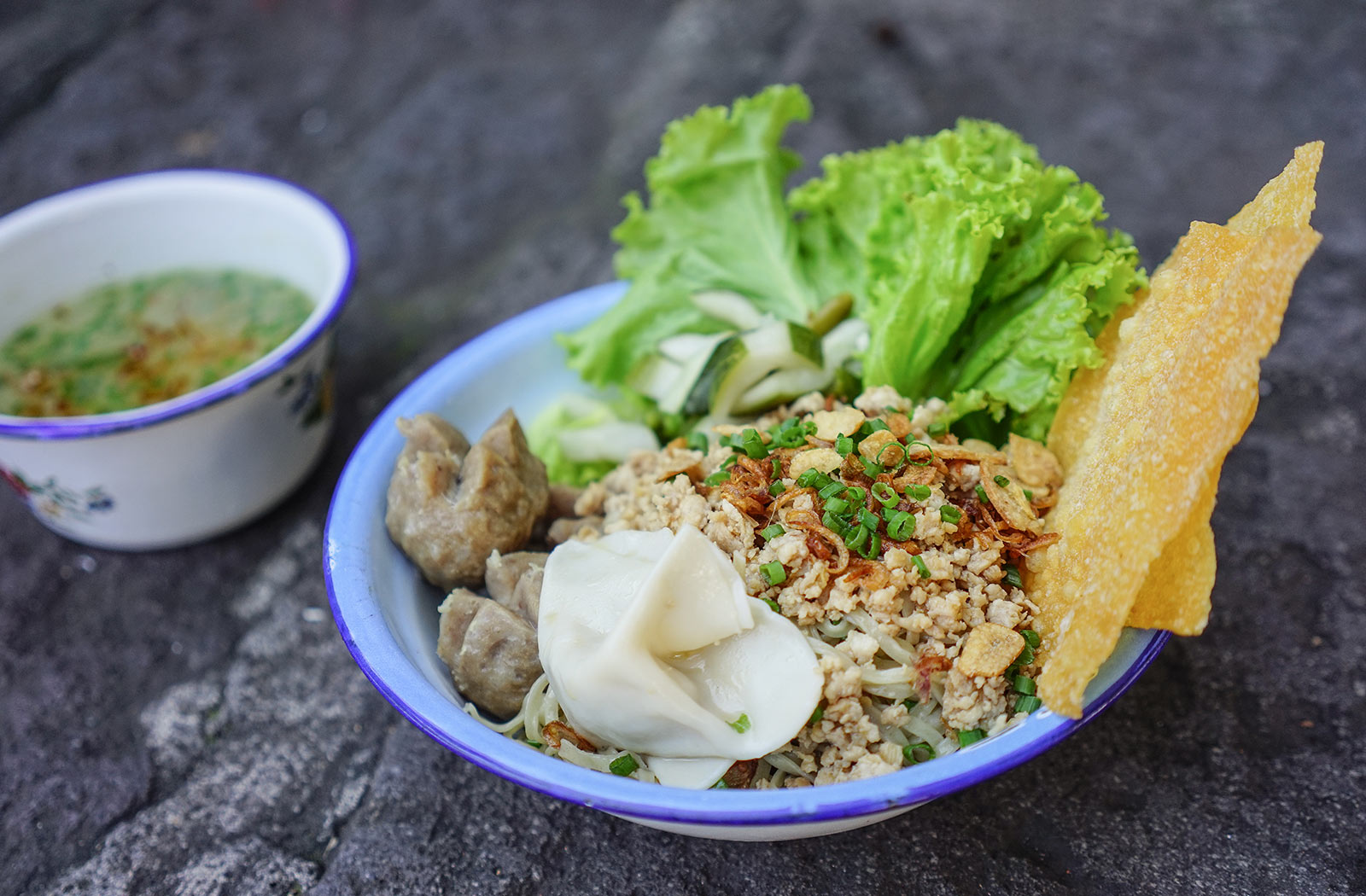
Jogyakarta – So much more than a pretty face…
Jogyakarta
so much more than a pretty face…
TRAVEL DIARIES | JAVA
Published in Hello Bali – January 2015
Jogyakarta is close enough to Bali that you can afford to take a few days from your island schedule to explore this intriguing part of Java, which while well known is often neglected by the Bali bound. To describe the place as rich in arts and culture is just skimming the surface, for one there is so much art, everywhere !
Mbak Marto: A Jogyakarta Icon
But before I get carried away, let’s backtrack a bit, I love art but I am first and foremost a food guy, and I have a confession: The food of Jogya, was for me not so easy to understand, the flavours that make up the cuisine here are complex, sophisticated and combined with the cooking style produces food that is unfamiliar taste wise for the Western palate.
The savoury tastes are quite rustic if you like, smoky flavours, dusky tones and layered textures is how I would describe it, not immediately accessible but ultimately delicious in its difference.
Jogyakarta, city of cuisine, culture and creativity
Chicken at Yu Djum
Smoky flavours & dusky tones
Skewers are everywhere!
The food of Jogya represents a cultural cuisine heritage that unlike much of Java is created from the central elements of the land as opposed to external or impositional influences.
There is an authenticity in foods like the Gudeg, jackfruit so sweet as to be cloying yet served with a contrasting Krecek that cuts through and balances this smoky sweetness with layers of intense rustic flavour.
It’s an ancient food, there’s no frying; smoking and grilling yes, and the appearance of what we may think of as mismatched ingredients just deepen the intensity.
No frying but grilling
Smoky sweetness
The famous Nasi Jinggo
Banana blossoms, papaya leaves, quails eggs and chicken gizzards appear in various guises in dishes served from smoky warungs that look like witches covens, full of bubbling pots, glowing coconut husks, racks of smoking catfish and dishes of minced offal and meat, Buntil, parceled up in caul.
These street cafes, like Warung Yu Djum and Warung Mangut Lele Mbah Marto famed for their rustic cuisine and the presence of the Keroncong singers like Mariachi bands who sing out the songs of the street while eager patrons eat.
Keroncong singers sing out the songs of the street
This indigenous cuisine is a mirror of Jogya, self determined. Still with a highly regarded Sultan in the palace and self governing the Jogya city vibe is relaxed and confident. There’s a strong sense of being in a community be it the centre of town or an outlying suburb you will feel a part of something close knit. It’s a safe city that celebrates its diversity openly. An excellent example of this are the student street stalls of the off the main drag of Jalan Malioboro, hip and cool Angkringan Kopi Joss is full of Nasi Jinggo, Nasi Kucing and Fried Chicken Nuggets, even fried pork is sold from carts into the early morning hours.
The busy side streets of Jogjyakarta
Mats are rolled out along the pavement for young men and women, smoking or vaping who lean back and enjoy their evening snack while drinking the eponymous Kopi Joss, thick ground coffee served with a lump of burning charcoal that is meant to offset the acidity of the coffee.
Try it – it’s a real treat. And an insider tip here, get to Jalan Malioboro early in the morning for the market and at other times leave it for the touts and tourists and instead head to the Prawirotaman Market for the sheer joy of the banter between the stall holders.
Prawirotaman Market
D’Omah
If you want real insider tips and more Warwick Purser is the man to find. Now an Indonesian citizen Warwick is living in Jogyakarta and has resided for over forty years in the Archipelago. He has spent his time supporting humanitarian causes and bringing much needed support to post disaster rebuilding from the tsunami to the earthquake of 2006 to the more recent eruption of Mt Merapi. Warwick opened D’Omah as a Boutique Heritage Village Resort as a way to introduce his guests to the culture of “the village”, and sharing his insider knowledge on extended tours of the surrounding area.
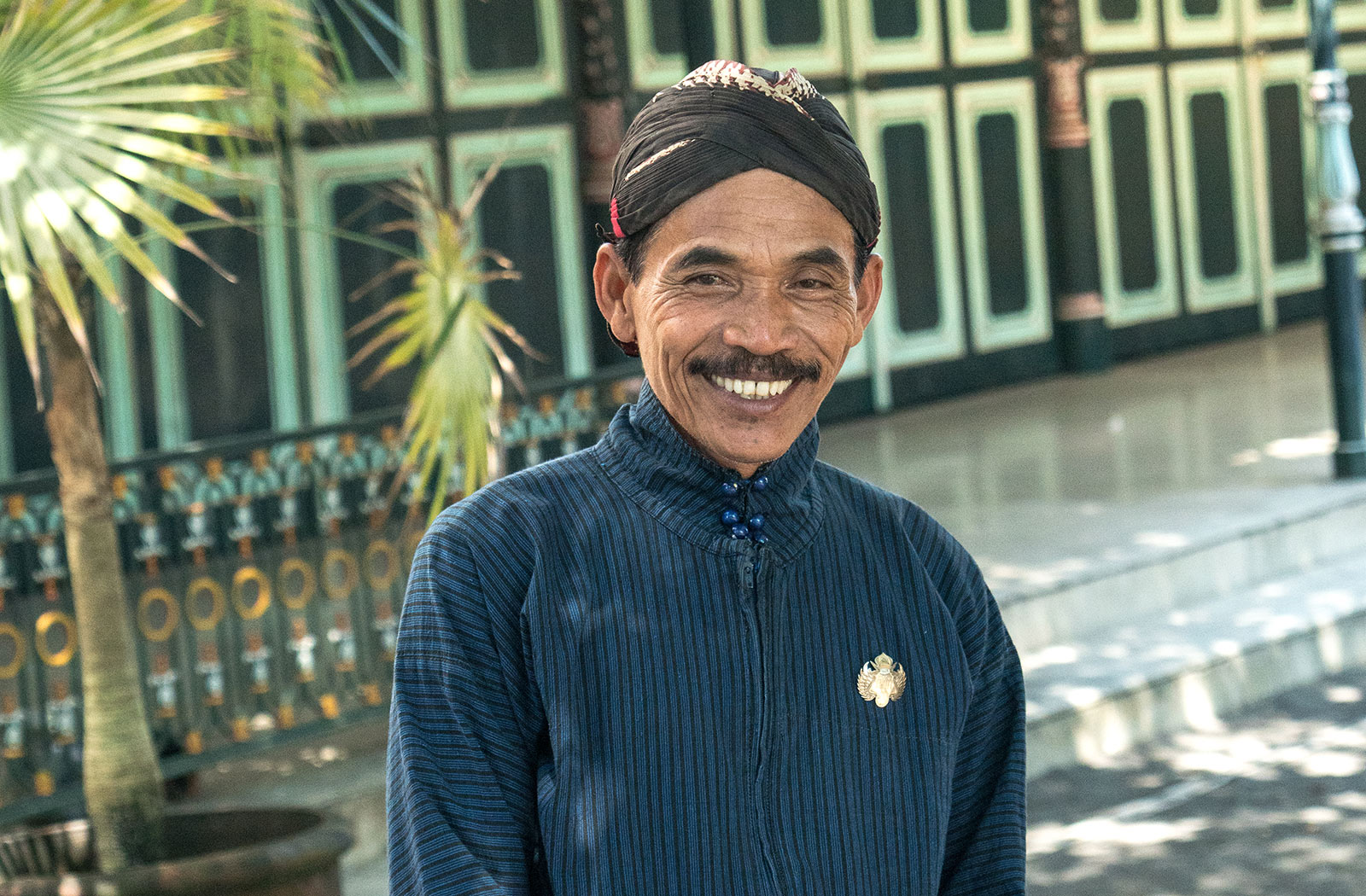
Much of what D’Omah offers inspires my own Canggu Cooking Retreat, this sense you are welcomed into a village community that is sharing its comings and goings is for me such an important aspect of any form of travel.
D’Omah Hotel is located not more than twenty minutes from the city and authentically Javanese although in a delightful contrast the grounds of the hotel are home to eclectic works of art. A talented recent resident has been Amin Taasha, an emigree of Hazara descent, whose works are inspired by his early life and eventual escape from Afghanistan.
Water Palace
Underlining Jogya’s appeal is this continual gracious acceptance of multiculturalism, even in the village on the way to the Water Palace we came across a multifaith Mosque that welcomes the prayers of any devotee.
The Kraton or Sultan’s Palace is a living museum, home to the current, and progressive Sultan, his wife and five daughters the palace was built in the mid- eighteenth century and is located in the midst of a lovely cool forest which makes it so pleasant to walk around the exhibitions, especially the Wayang Kulit shadow puppet displays.
Here you can daydream from pavillion to pavillion of times past where Java was a place of princes, princesses and evocative mystery stories.
The Water Palace used to be part of the Palace Gardens, a resting place, for meditation and romance, for reflection by the many pools and manicured gardens, these days there remains the pool complex with its tower from where past Sultans would spy on their concubines and the fantastic complex of underground tunnels that once led to private pavilions and still lead to the beach.
The Water Palace hosts a blend of architectural styles from Moor to Hindu, with a distinct Chinese influence and again it is possible to see how when cultures combine an elevation of art and beauty blossoms.
